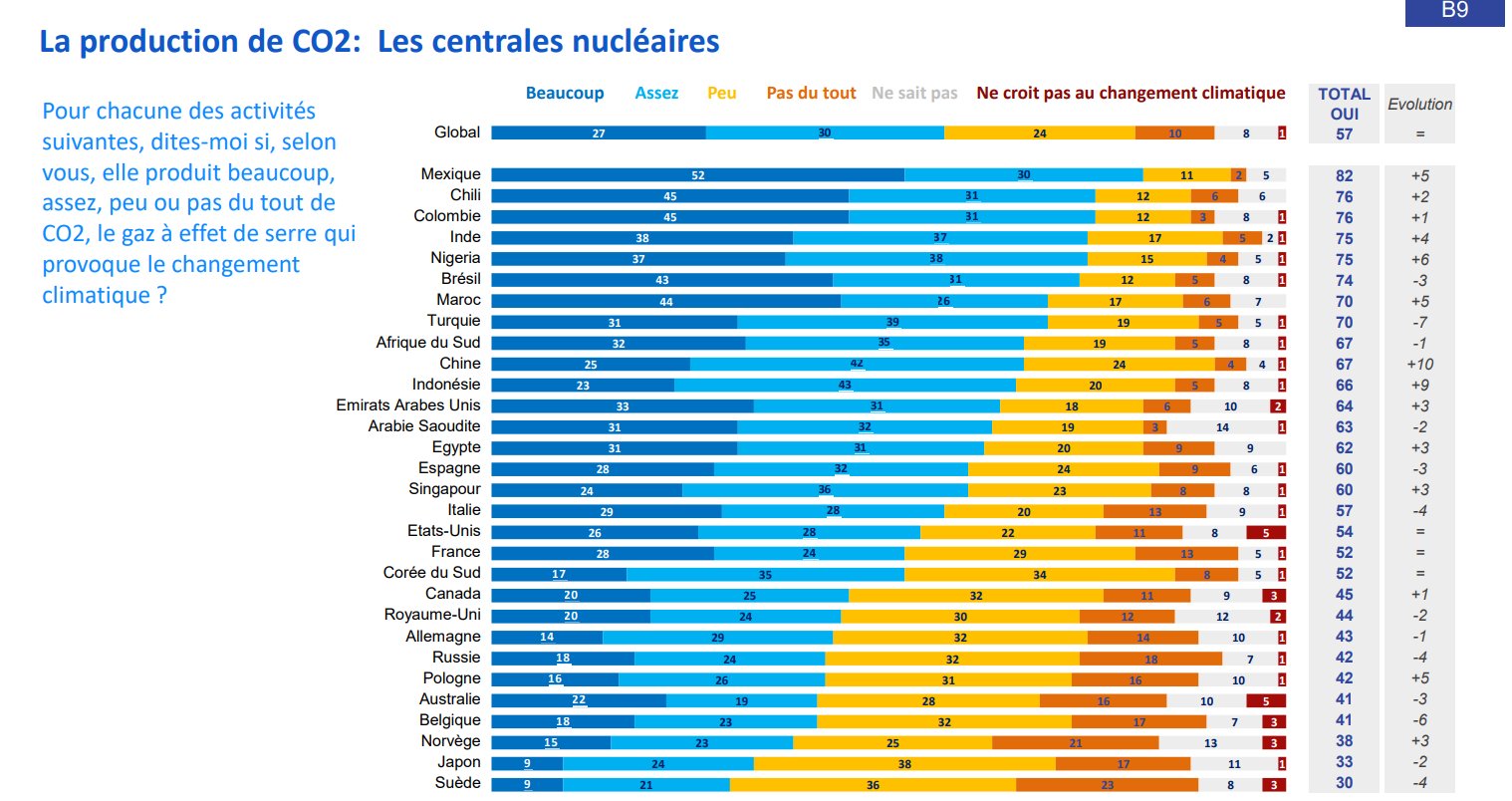I love that expression. There are lots of explanations of the saying, but I take it to mean (and I assume most do) that it is meant to describe a big talker – one who says a lot but doesn’t really have/do much to back it up.
As the dust has begun to settle from the Inflation Reduction Act (I always laugh at that title), that saying keeps going through my head.
There are a lot of things in the IRA that are HVAC related and one of them was the extension and expansion of 25C Tax Credits. Before I go any further, a short primer on tax credits.


